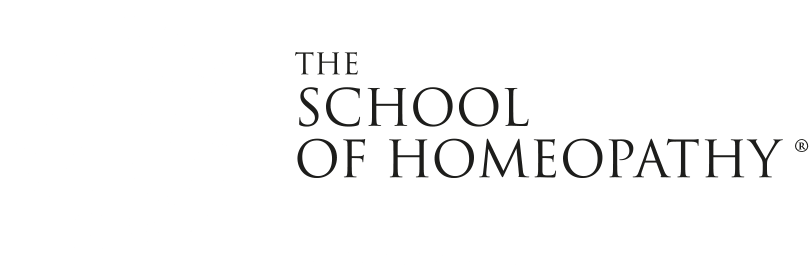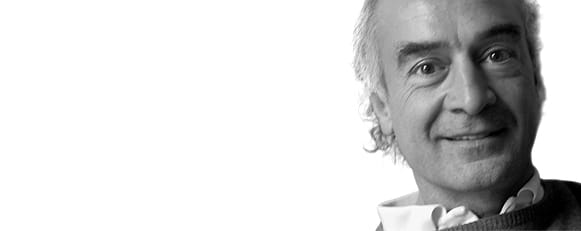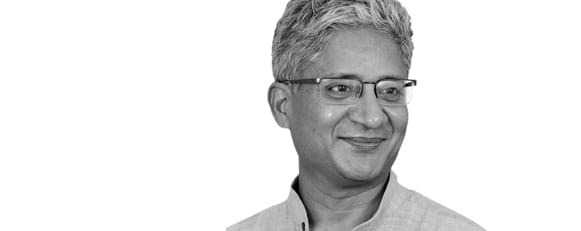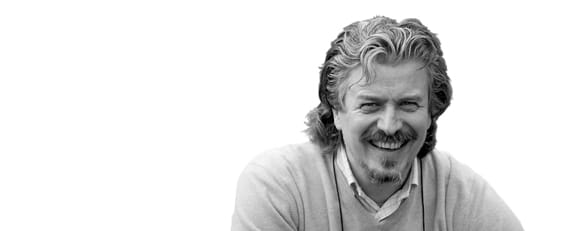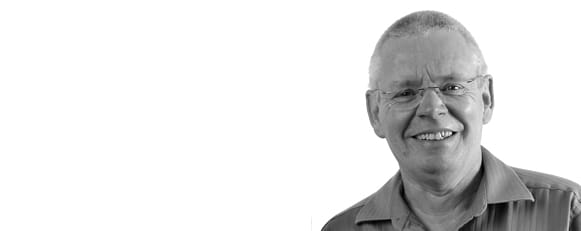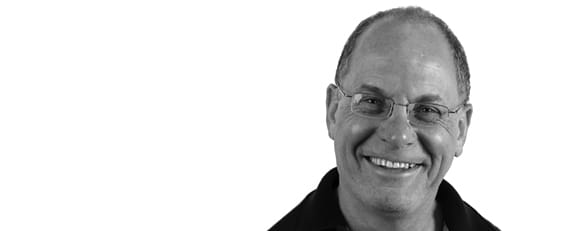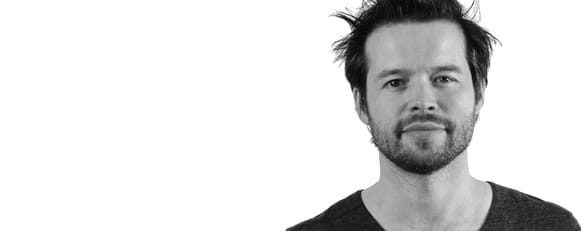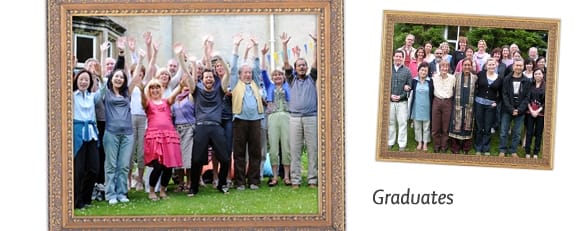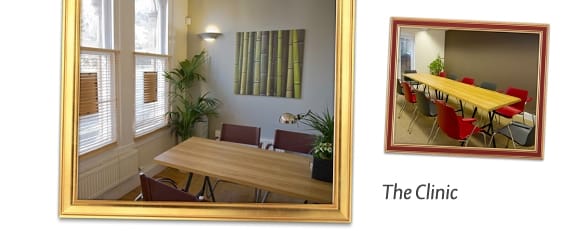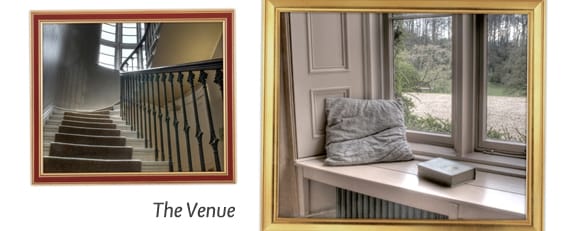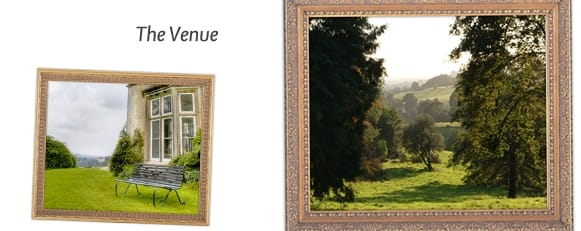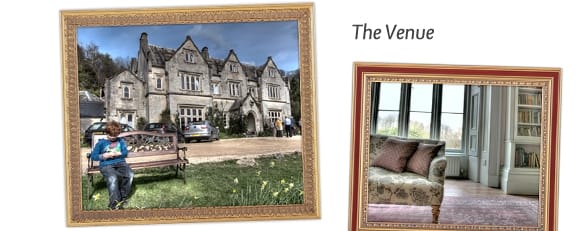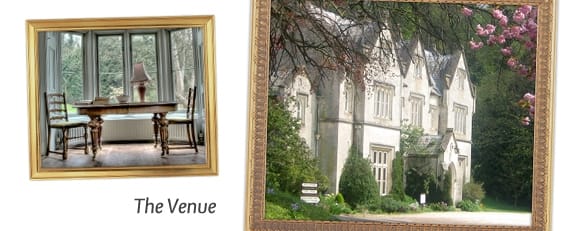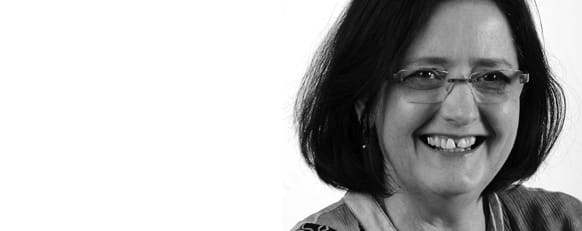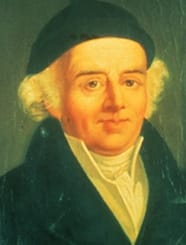
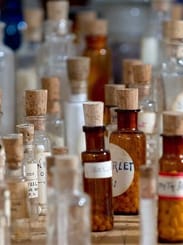
Introduction
To Doctor Boericke’s translation of the sixth edition of Hahnemann’s “Organon.”
The excellence of the Dudgeon translation into English of the fifth German edition of Hahnemann’s “Organon” is thoroughly maintained throughout this English translation of the sixth German edition by Doctor William Boericke, to whom the medical profession is under a double debt for rescuing this last authentic work of Hahnemann from possible loss and for putting it into good, clear, unparaphrased English. Twice, this manuscript of Hahnemann was in danger of being lost, once during the siege of Paris in the Franco-Prussian war of 1870-71, and once in the military over-running of Westphalia during the World War of 1914-18. Doctor Boericke was the main instrument for procuring this last medical manuscript of Hahnemann for the medical world.
Everything that Hahnemann ever wrote is of historic medical interest, for notwithstanding all attempts of ignorant, prejudiced, time-serving so-called medical historians to detract from Hahnemann his historic importance for medicine, Hahnemann remains one of the four epochal figures in the history of the practice of medicine. Hippocrates, the Observer, introduced the art of clinical observation as the necessary basis for pathological diagnosis. Galen, the Disseminator, spread with powerful authority the teachings of Hippocrates over the medical world. Paracelsus, the Assailer, introduced chemical as well as physical analysis into the practice of medicine. Hahnemann, the Experimenter, discovered the symptomatic source of both pathologic and therapeutic diagnosis and thereby made the practice of medicine scientific.
In the scientific practice of medicine, we examine every patient suffering from any of the topic, plastic, trophic and toxic diseases to which man is subject, in order to obtain all the signs and symptoms of his disease, all his disease effects for pathologic and therapeutic diagnosis and prognosis. We examine by observing the pathologic and comparing it with the physiologic for diagnostic interpretation, prognostic prediction, and therapeutic application. We diagnose by classifying the pathologic condition with similar pathologic conditions. We diagnose the anatomic seat, the where, that is, the organs and the parts of the organs affected. We diagnose the physiologic process, the what, that is, the course of the inflammations, exudations, degenerations, necroses, atrophies, hypertrophies, aplasias, hyperplasias. We diagnose the etiologic factor, the how, that is, developmental, traumatic, infectious antecedents of predisposition and excitation. We diagnose the therapeutic application, the end , that is, the remedial treatment for cure and palliation, and the prophylactic treatment for hygiene and sanitation.
The treatment of patients, subject to malformations, malpositions, malnutritions, injuries, foreign bodies, traumatic and infection inflammations, new formations, is effected with medical, surgical, hygienic means, or a combination of all these in a given patient. Surgery may remove or palliate effects of anatomic excesses, defect perversions. Food, water, air, heat and cold, light and electricity, exercise and work, massage and suggestion, as well as glands to replace glands, vaccines to call out antibodies and sera to supply antibodies may remedy or palliate effects of physiologic excesses, deficiencies, perversions, may restore hygiene and establish sanitation. Medicine, in the form of medicinal substances, may remedy of palliate effects of etiologic excesses, defects, perversions, effects which are not remedies or remediable, palliated or palliable by surgery, hygienic or quasi-hygienic measures.
It is impossible to know all the antecedents causative of disease consequents. Tolle causam is easier said than done. How, then, shall we remove or palliate these effects by medical substances? Here, Hahnemann steps in to say, for the first time in all history: Remove the effects and you remove the disease, the cause of the effects. Cessat effectus cessat causa. Empiric medicine guesses, recommends, tries, hits and misses, misses and hits again. Scientific medicine does not guess. Scientific medicine, like any other scientific art, compares effects, corresponding sensations and motions. Only the mountebanks in medicine decry methods of comparison as unscientific. All that we can humanly do, and scientifically do, is to observe and classify, to compare and infer. Hahnemann says, we must apply medicinal substances on the basis of knowledge of their actual effects. Since it is impossible to know all the antecedents causative of disease consequents, we must treat the disease effects which we do know by medicinal effects which we have ascertained and know. Disease effects are removed by the application of medicines having corresponding medicinal effects. If the disease effects are removed in toto, we have a cure. If the disease effects are removed in part, we have palliation. Scientific comparison of disease effects and medicinal effects for application leads to the diagnostic inferences of scientific medicine, makes scientific medicine possible.
In 1790, Hahnemann made his celebrated experiment with china. From that time to 1839, that is, in the course of about fifty years, he experiemented with ninety-nine drugs and recorded his observations of their actions on the human body. This record, found in his “Fragmenta de Viribus Medicamentorum Positivis,” “Materia Medica Pura” and “Chronic Diseases” is the largest, the most accurate and the most fertile of all investigations info medicinal action made by any single observer, before or since Hahnemann, throughout the annals of medical history.
Hahnemann was, in all essentials, a flawless experimenter. He took four drachms of china twice a day. He had paroxysms of chill and fever. In his practice as a physician he had seen similar paroxysms of chill and fever. He had cured them with china, the Peruvian bark. No longer might it be said that Peruvian bark cures paroxysms of chills and fever because Peruvian bark produces paroxysms of chills and fever. The necessity for the methodical discovery of the medicinal properties of drugs was made apparent. He who says that Hahnemann should not have experimented on himself but on dogs, or cats, or rats, or mice, has not yet entered the school of scientific logic. Disease manifests itself not merely by objective signs of sensory impression, but also by subjective symptoms of motor expression. Can the human expermenter record the subjective feelings of dogs, and cats, and rats, and mice when the dogs, and cats, and rats, and mice cannot communicate to his understanding their subjective feelings? There are no two human beings entirely the same in health and disease. Are dogs, or cats, or mice, or rats more nearly like to human beings than human beings are like to one another?
The routine experimenter, or so-called experimenter, experiments as though experiments were ends in themselves. This is the reason for the sterility of most public and private experimental stations. The experimenter experiments, but does not know why he experiments. The moral justification may be that he experiments because he is paid to experiment; but where is the scientific justification? Hahnemann had scientific justification for his experiments. That is the reason why his experiments were not sterile.
Experimentation is for one of two purposes, observation for induction, or verification of inductions. Experimentation is analysis, deduction, analytic deduction. We deduce from objects of nature, man or drug, properties in contrast with other properties. We observe by contrast. Observation is comparison, weighing, judging of contrasts. We compare for correspondence. We classify by resemblance. Classification is synthesis, induction, synthetic induction. We classify, conceive for reflection, thought, judgement. We think for expression. We formulate our propositions for verification. We verify by experimentation, by analytic deduction, the formulated propositions of science, or scientific inductions.
Hahnemann experimented for observation. He perceived in himself the symptomatic effects of Peruvian bark as similar to the symptomatic effects of intermittent fever he had removed in others with Peruvian bark. Who can say that china, taken into the healthy human body, will not produce signs, objective symptoms and feelings, subjective symptoms similar to those of intermittent fever? Hahnemann had the contrast of health without the drug and disease with the drug within himself. He was not a sterile observer. Perception led at once to conception. Hahnemann conceived the symptomatic affinity of drugs for tissues, the symptom similarity of drugs and tissues as essential for the medical treatment of medically curable diseases. If ever there was a clear scientific induction from scientific observation, it was this induction of Hahnemann’s symptom similarity of drugs and tissues, which he denominated homoeopathy, and for the elucidation of which he wrote his “Organon of Medicine” in 1810, and re-wrote it consecutively in 1819, 1824, 1829, 1833, and finally annotated and emended the 1833 edition for this sixth, his last edition, in 1842.
Was he in error? Was he premature with his conception? Hahnemann was not one of those so-called scientists who collect and catalogue their perceptual facts with no more scientific imagination than is exercised by cataloguers of libraries and collectors of taxes. Science is verified or verifiable knowledge produced by conception of percepts, induction of deducts. For scientific imagination, conceptuation from perception, not many percepts are needed. Was Pythagoras in error because, perceiving mast and sails before perceiving the hull of a ship on the horizon, he conceived that the earth is round? Was his conception premature, untrue, because everybody except Aristotle for nearly two thousand years maintained that the earth is flat, because it took nearly two thousand years before Columbus began and Magellan finished the rounding of the earth?
Hahnemann himself saw to it that there was no error in his induction. He was his own Columbus, his own Magellan. Hahnemann treated, with his own hands, his own medically curable patients and taught other medical men to treat their own medically curable patients by the method of symptom similarity he had conceived. In 1797, he used veratrum album for colic, and nux Vomica for asthma, and cured the multitudinous medically-curable patients that came to him from his sojourn in Königs-lutter to his last abiding place in Paris by this method of symptom similarity, the central method of scientific medical therapeutics. His were truly scientific verifications. Those that doubt this really do not doubt. They know not what they doubt. The verifications of Hahnemann convince those who have intellectual integrity for scientific conviction, who will not sacrifice their intellectual integrity to the idols of the day, who will repeat Hahnemann’s experimental verifications of his scientific observations and inductions as they should be repeated. Any other method than to take into the healthy body four drachms of china twice a day to prove or to disprove the symptom similarity of china and intermittent fever is not a scientific experiment for the observation of Hahnemann, that there is symptom similarity between china and intermittent fever. Any other method than to administer china to patients suffering from intermittent fever to prove or to disprove the method of symptom similarity in dosage smaller than that used for exciting the healthy body into disease action similar to that of intermittent fever is not a scientific experimental verification of the induction of Hahnemann, that symptom similarity is the curative method of medically curable diseases. Those that pursue other methods have not even the frog’s legs of Aristophanes to stand upon. Pasteur, perceiving that Jenner’s milder cowpox prevented the appearance of the severer smallpox, conceived the prophylactic treatment of infectious diseases by milder vaccinations with the virus exciting a given infection.
How did Pasteur prove his conception? He took a number of sheep; vaccinated some of the sheep with a milder prophylactic dose of anthrax virus; then infected into all the sheep anthrax virus in larger dosage sufficient to excite anthrax; all those sheep he had vaccinated previously with the milder prophylactic anthrax virus lived without anthrax; those not vaccinated prophylactically died with anthrax. Pasteur, like the elder and greater Hahnemann, was a scientific experimented, not a would-be experimenter.
The era of scientific medical experimentation begins with Hahnemann and nobody else. Scientific to the core, Hahnemann experimented scientifically for scientific observation. Alert with intellectual power, he conceived his induction scientifically from scientific observation. Uncompromisingly scientific for experimental verification, he verified his induction scientifically for all time on his patients and made his method of symptom similarity for all time the central curative method of scientific medical therapeutics. For over a hundred years this method has been consciously and unconsciously followed by the medical profession. The results substantiate Hahnemann’s contentions. There is no greater achievement than to have scientific truth, pass it on, have succeeding generations follow it and express it. Hahnemann’s ‘Organon of Medicine” goes out to teach symptom similarity as the experimental basis of pathologic and therapeutic diagnosis, as the echte Heilweg of scientific medicine.
JAMES KRAUSS, M.D.
Boston, September 30, 1921.
I have now, after eighteen months of work, finished the sixth edition of my Organon, the most nearly perfect of all.
Samuel Hahnemann
